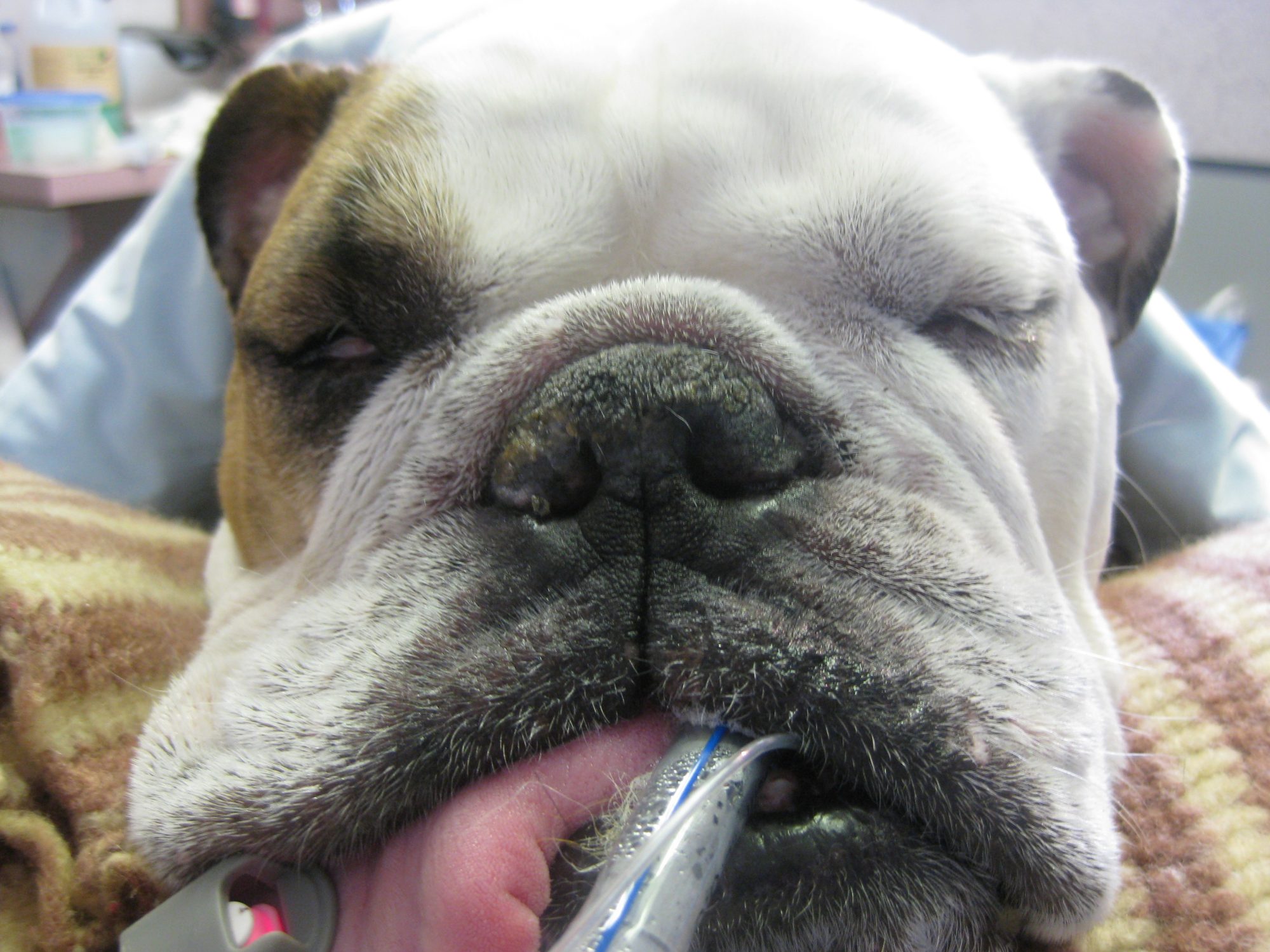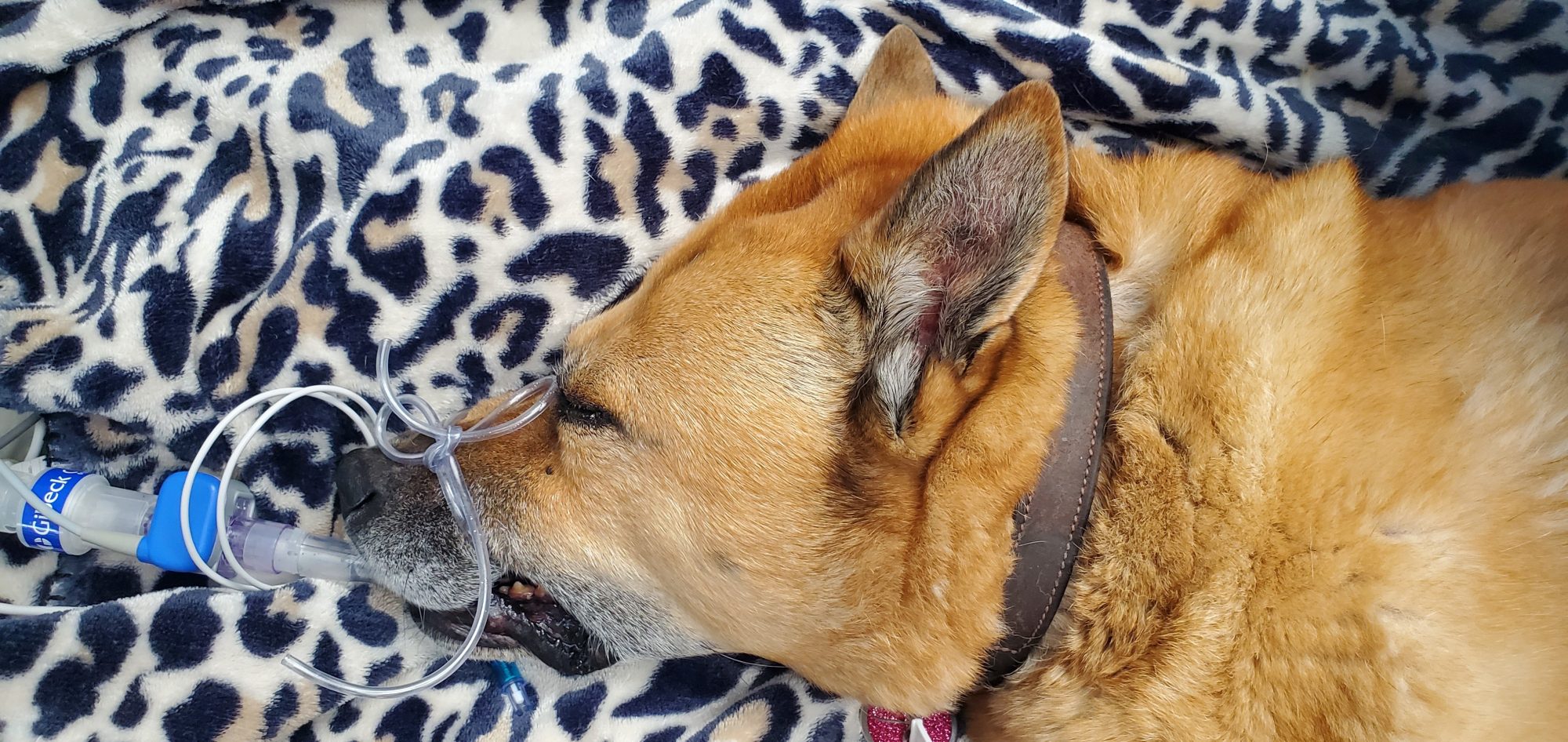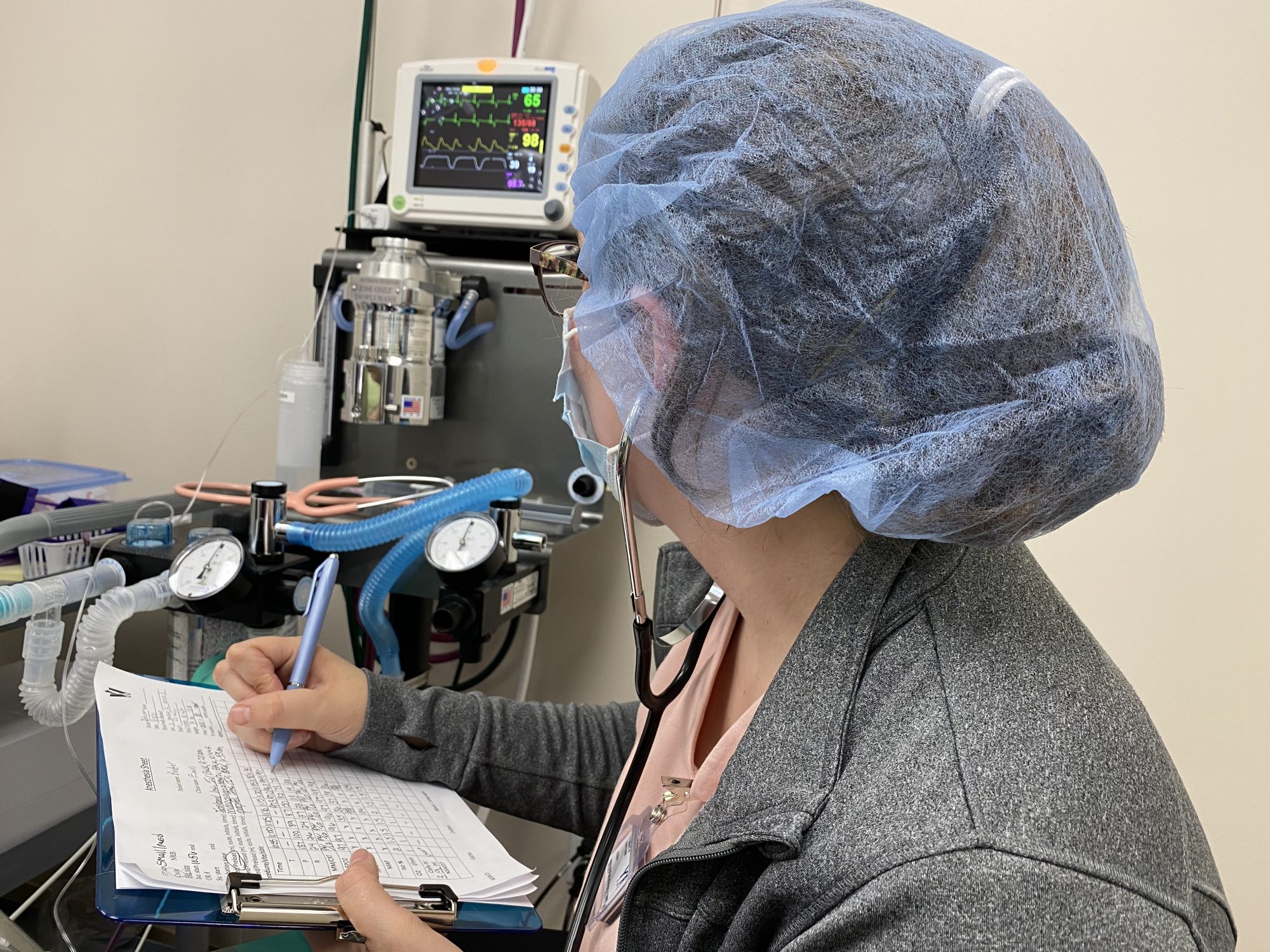Dr. Phil Zeltzman’s Blog
3 secrets of safe anesthesia

Most owners are afraid of anesthesia, although it’s incredibly safe.
The risk of dying under anesthesia, taking into account the healthiest patients as well as the sickest, is a fraction of 1%.
Still, we all wish we would have zero deaths related to anesthesia.
One way to make sure your pet will be safe under anesthesia is to understand what happens, or should happen, during the 3 steps of any anesthesia.
1. How to keep your pet safe before anesthesia
We routinely (i.e. 100% of the time) take at least 4 steps to ensure a patient is a good candidate for anesthesia.
- Blood work. This allows us to make sure your pet can carry oxygen (enough red blood cells), can clot (enough platelets), can fight infection (enough white blood cells), has a healthy liver and healthy kidneys, has normal electrolytes, etc.
- We perform a physical exam.
- We assess the patient’s individual anesthesia risk (called the “ASA” risk).
- We discuss the anesthesia and pain management protocols as a team (surgeons and nurses) so they are adapted to the patient and their particular surgery. For example, we use a different protocol for pets with kidney, liver and heart disease. We use a special protocol for dogs (and cats) with a flat face (English Bulldogs, French Bulldogs, Boxers etc.). We use a different protocol for diabetics and pediatrics.
As we always say, “every patient is different.”

2. How to keep your pet safe during anesthesia
In the vast majority of patients, fortunately, everything goes perfectly well.
Occasionally, we run into problems: the heart rate drops or increases, the bloodqqq pressure drops or shoots up, the patient has difficulty breathing…
Fortunately, in the vast majority of patients, we can quickly get the situation under control.
But we never take anything for granted, so every single patient has a dedicated anesthesia nurse, whose only mission is to keep her patient safe.
Anesthesia monitoring means the patient is monitored by a fancy machine.
It allows us to monitor the heart (EKG), blood pressure, oxygen level (pulse oximetry), temperature, respiratory rate and CO2 levels (capnography).
And of course, every patient has an IV catheter to receive IV fluids, antibiotics, and pain medications.

3. How to keep your pet safe after anesthesia
A common misunderstanding is to believe that once a patient is out of the OR and awake, they’re safe.
The reality is that most deaths related to anesthesia occur AFTER surgery, not during.
Over half of patient deaths occur within 3 hours after the end of anesthesia.
That’s the reason why we continue to monitor our patients closely after they wake up from anesthesia.
We monitor their breathing, heart rate or pulse, comfort level, and more.
We’re also a tiny bit obsessed with keeping our patients warm.
The sicker the patient, or the higher the anesthesia risk, the more intensive postop supervision should be.
This is especially true in cats and dogs with a flat face (brachycephalic breeds).
So if your pet needs anesthesia, which question should you ask?
Here are some questions you should feel perfectly comfortable asking before your pet goes under anesthesia:
- What testing will be performed before anesthesia to make it safer?
- Will my pet be supervised by a nurse throughout anesthesia?
- What kind of monitoring do you provide during anesthesia?
- What kind of supervision will my pet have while recovering from anesthesia?
- Is there overnight care?
Bottom line: most pet owners ask questions about the surgery.
I think they should ask more questions about anesthesia.
Your pet’s well-being depends on it.
If you would like to learn how we can help your pet with safe surgery and anesthesia, please contact us through www.DrPhilZeltzman.com
Never miss a blog by subscribing here: www.DrPhilZeltzman.com/blog
Phil Zeltzman, DVM, DACVS, CVJ, Fear Free Certified

Dr. Phil Zeltzman is a traveling veterinary surgeon in Pennsylvania & New Jersey. An award-winning author, he loves to share his adventures in practice along with information about vet medicine and surgery that can really help your pets. Dr. Zeltzman specializes in orthopedic, neurologic, cancer, and soft tissue surgeries for dogs, cats, and small exotics. By working with local family vets, he offers the best surgical care, safest anesthesia, and utmost pain management to all his patients. Sign up to get an email when he updates his blog, and follow him on Facebook, too!

